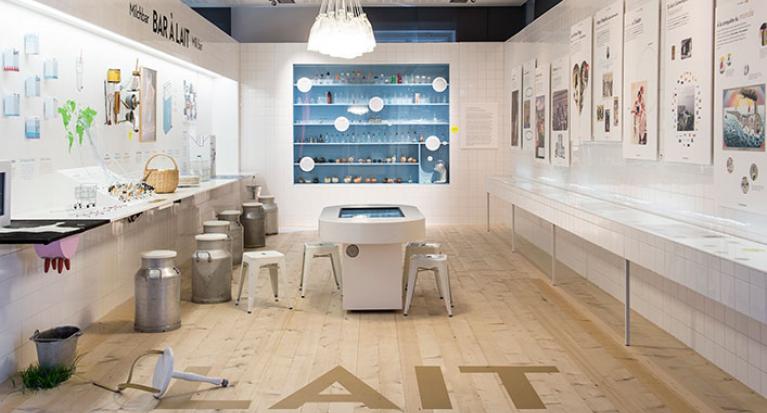Feeding Bottle
Glass, pewter
Archaeology has shown that infants have been artificially fed for thousands of years. A multitude of objects have been created as feeding aids, e.g., spouted cups, beakers, and ceramic, metal or wooden spoons, or even cow horns with holes. But since these objects barely satisfy the natural instinct of an infant to suck and are hardly practical, the feeding bottle was developed in the 16th century.
The cylindrical bottle, made of glass, pewter or tin, was narrowed at one end. The attached teat was initially made of metal or cloth, later of cork and ultimately, in the 20th century, of plastic. The feeding bottle pictured here is from 1750 and typical for the times. Pewter teats enabled the baby to suck more easily, and glass bottles improved hygiene and made it possible to see how much milk had been consumed. At that time the most common glass feeding bottles were flat-sided, or were round-bellied flasks with a flat surface for standing.
This item belonged to Mr. Maurice Guigoz, in Lausanne, until 1988.


